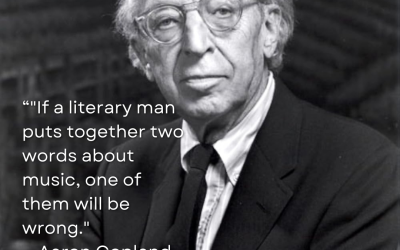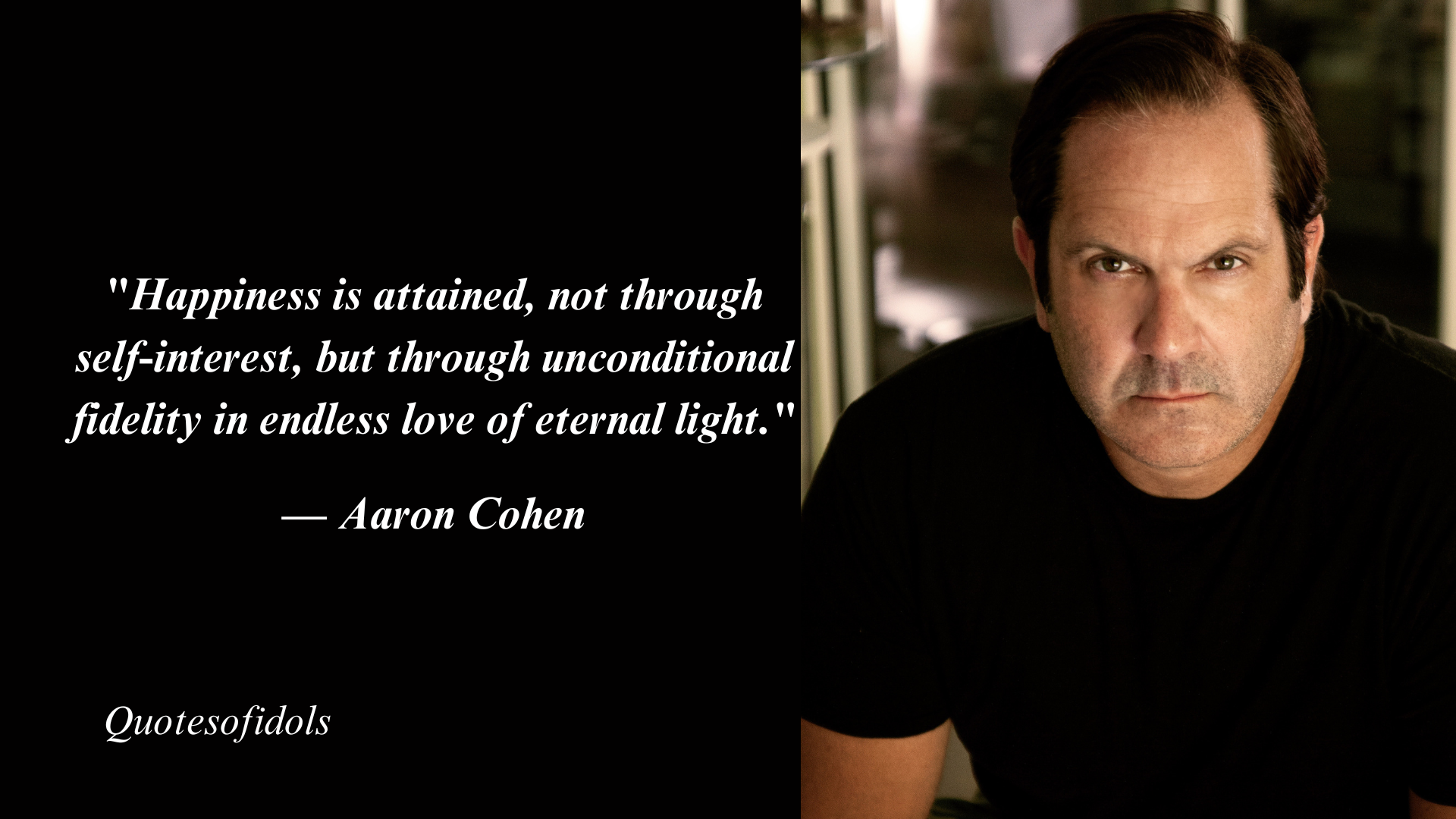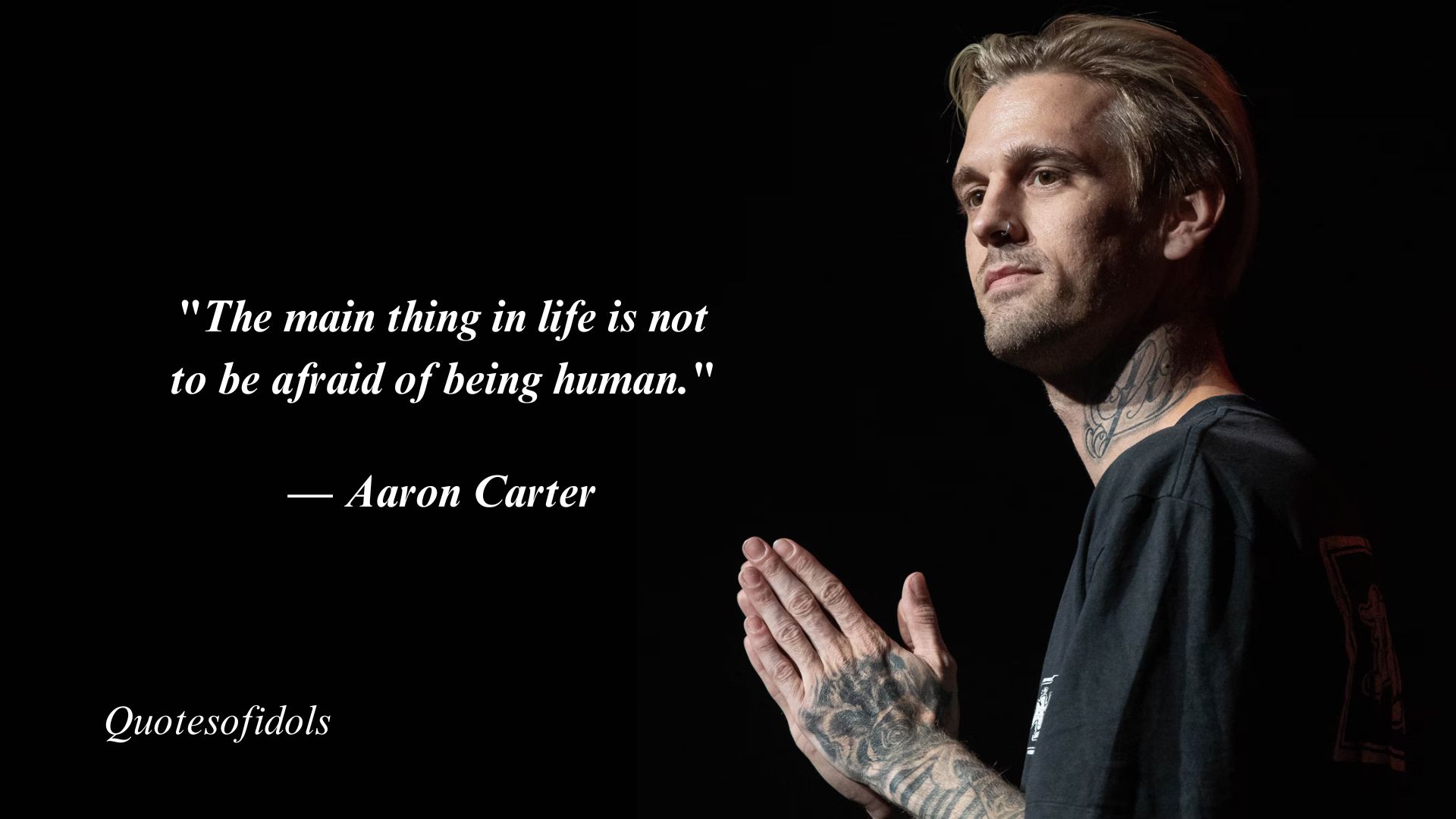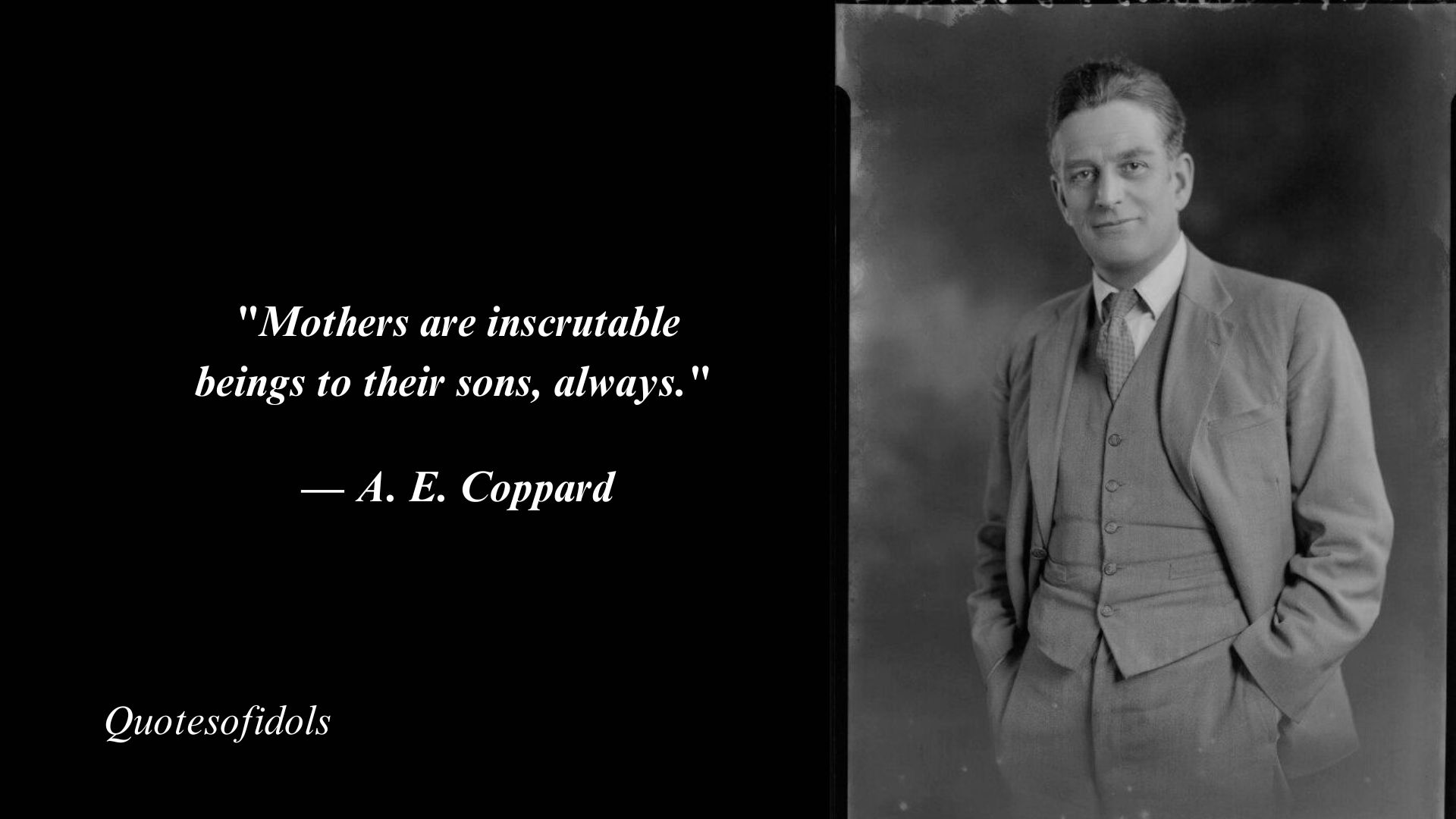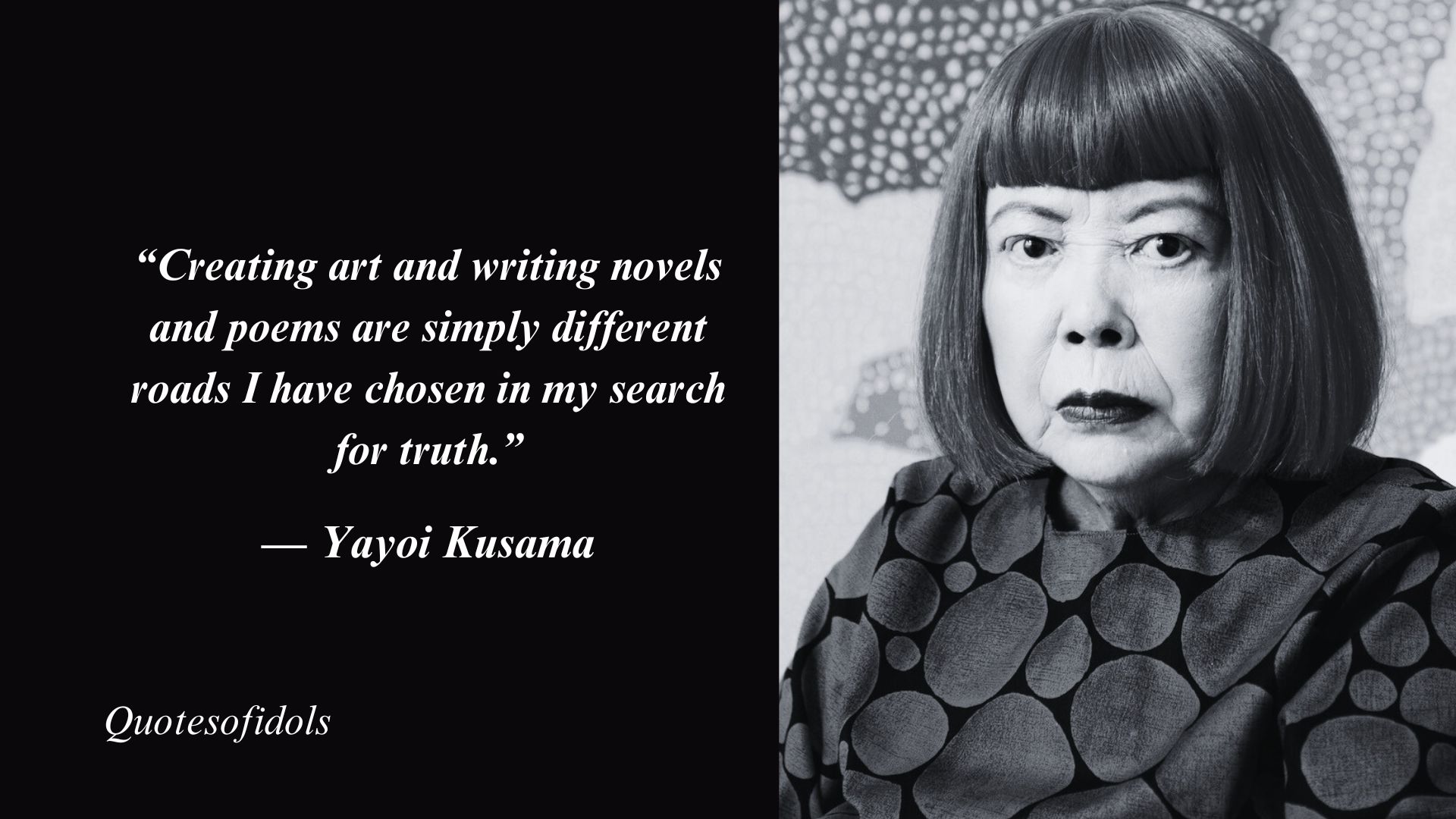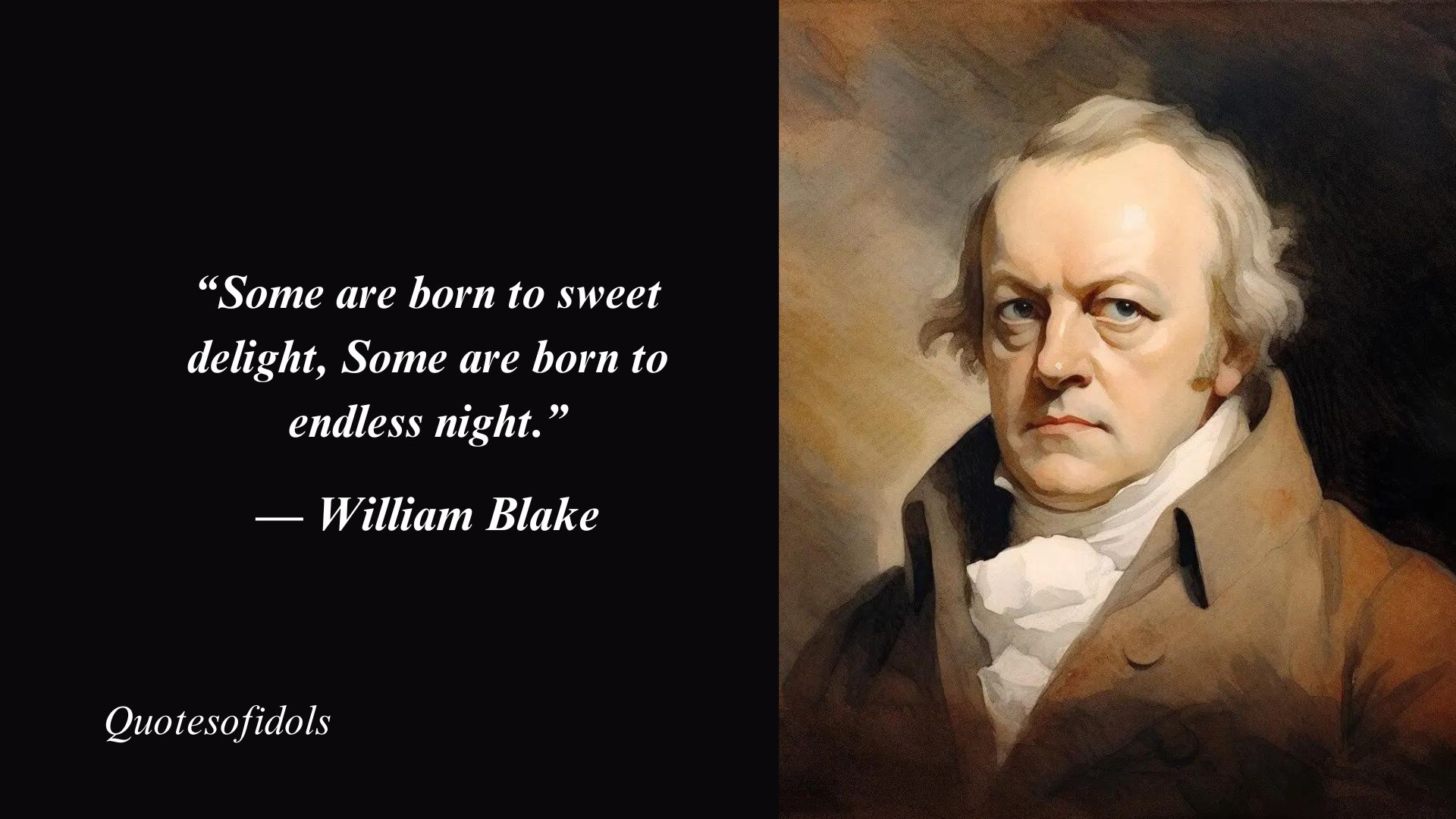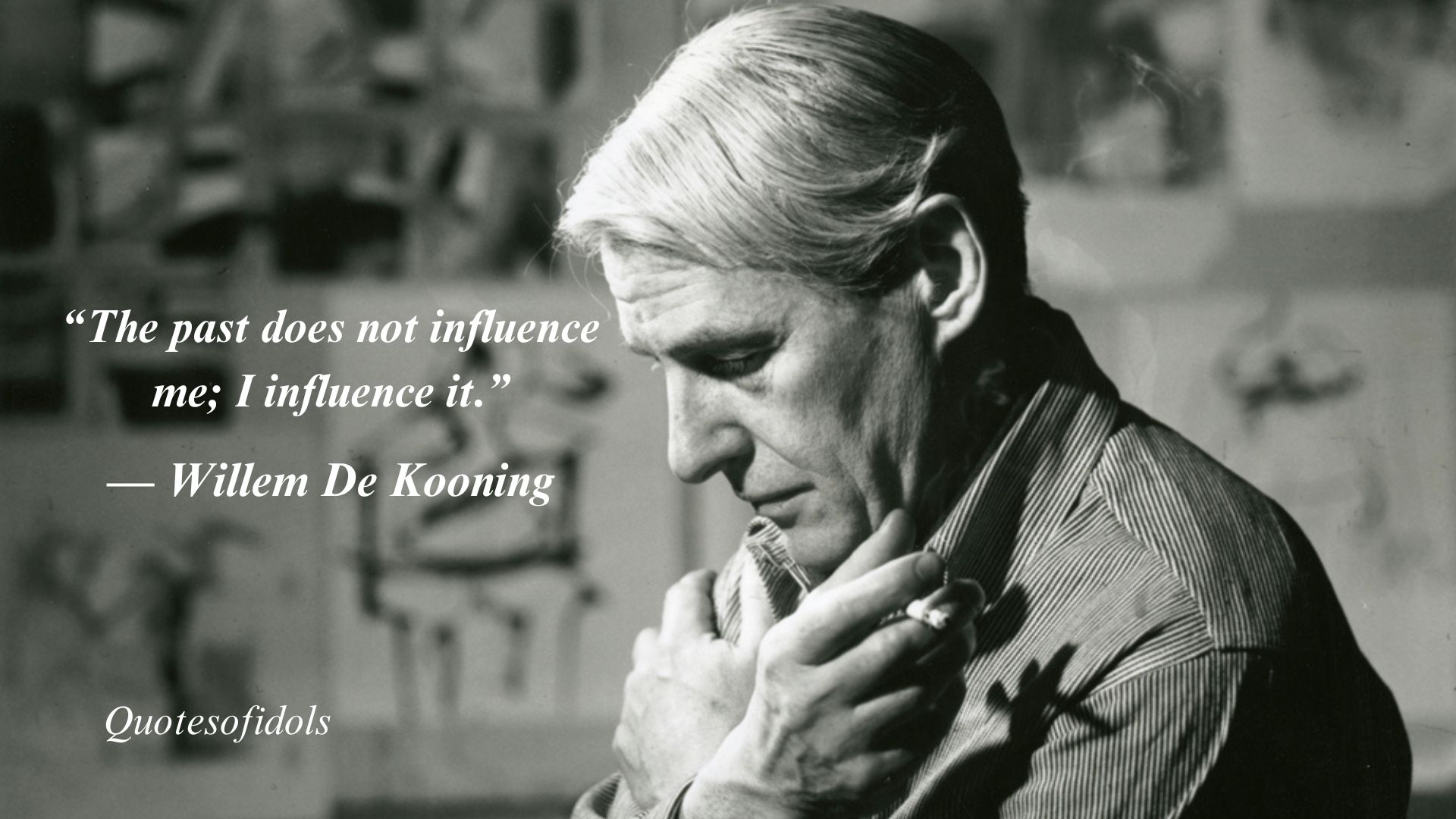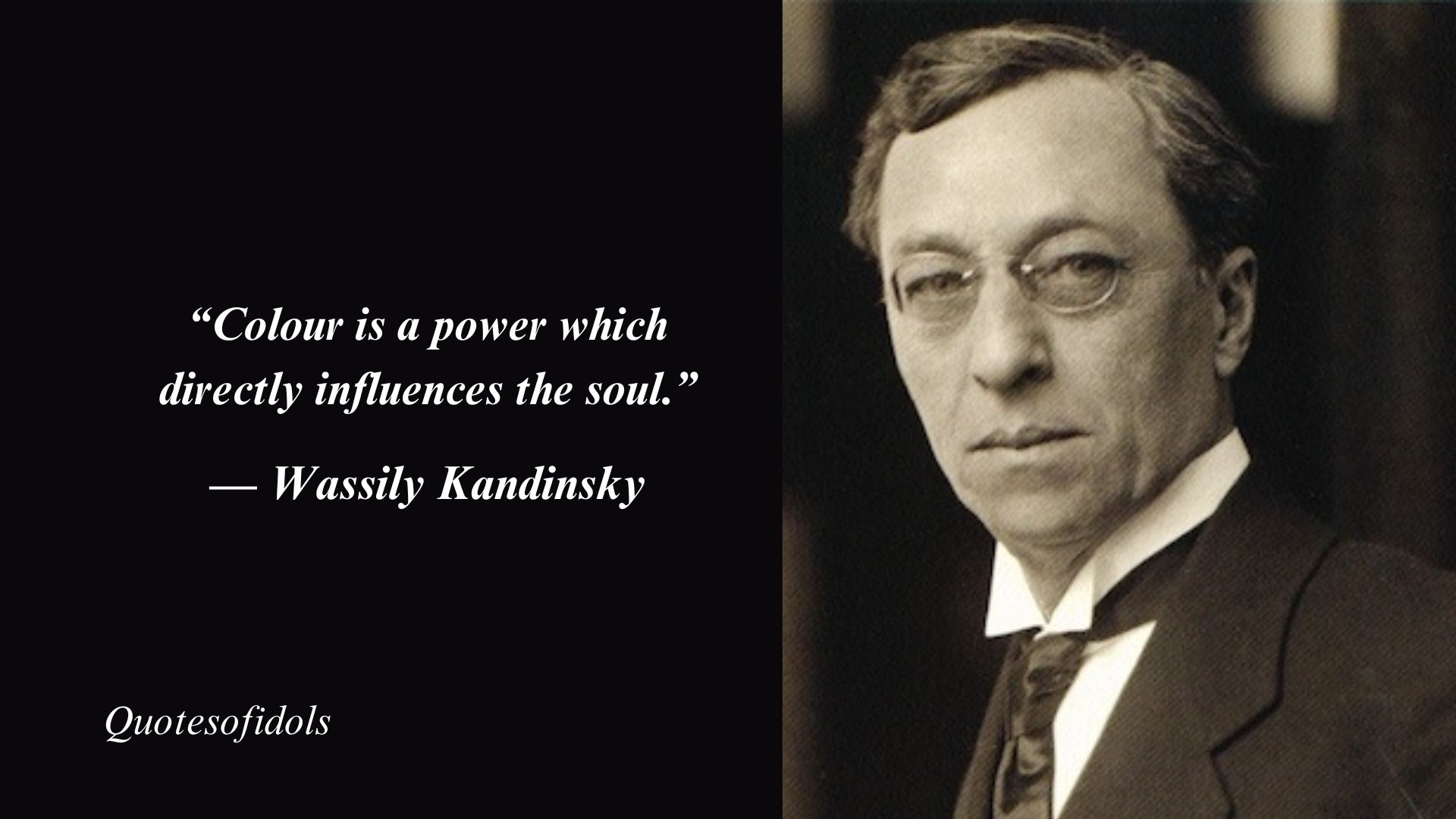Top 35 Most Famous Quotes By Joan Miró
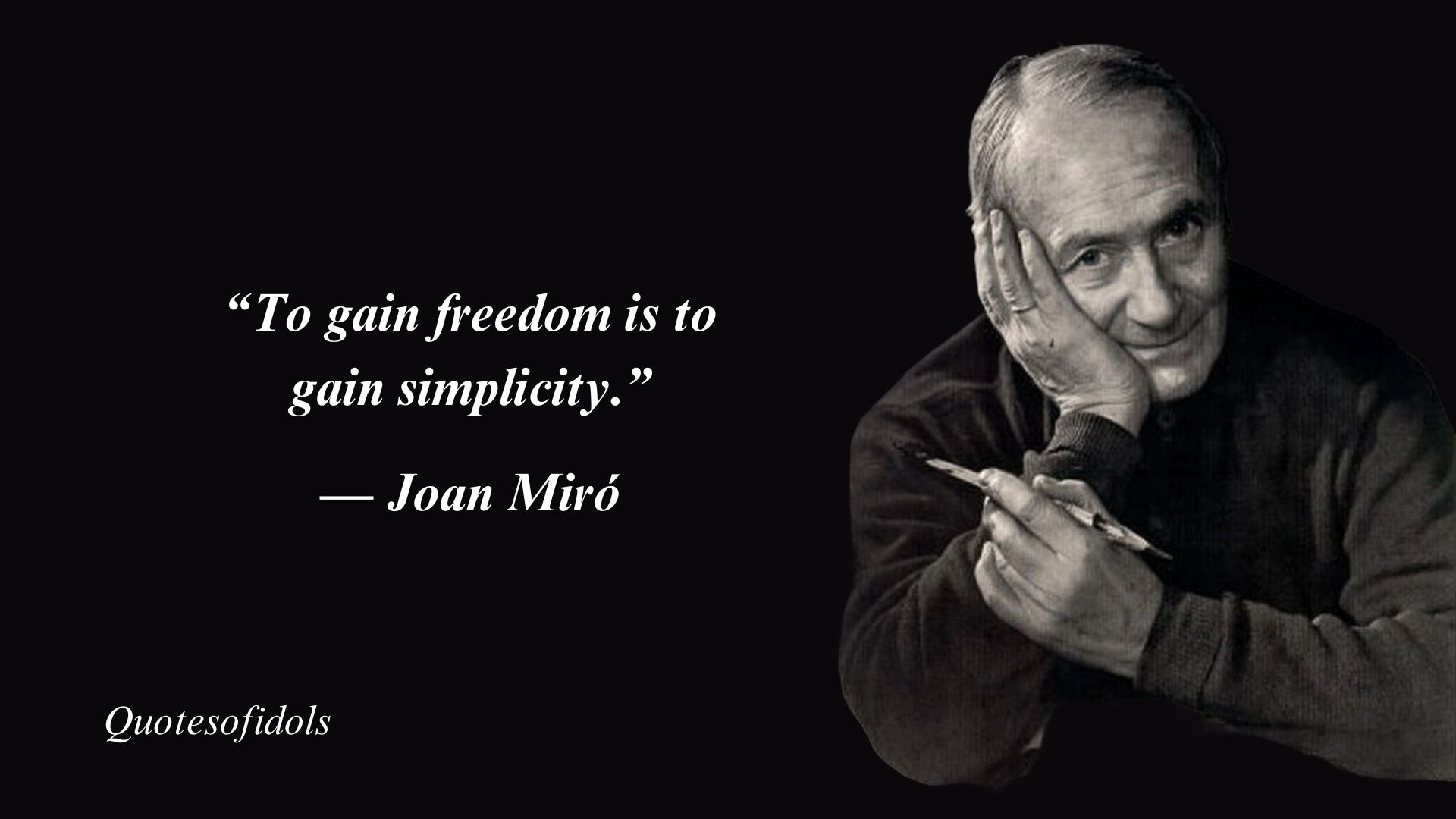
Joan Miró, born in 1893 in Barcelona, Spain, was a Catalan painter, sculptor, and ceramicist known for his unique style that bridged the gap between Surrealism and abstraction. Renowned for his playful and poetic imagery, Miró’s work often explored themes of fantasy, dreams, and the subconscious. Joan Miró Quotes
Miró’s art is characterized by its vivid colors, biomorphic forms, and gestural brushwork. He had a childlike approach to creativity, often incorporating symbols and motifs from Catalan folk art and his own imagination into his paintings and sculptures.
Some of Miró’s most famous works include “The Tilled Field,” “The Farm,” and “The Morning Star.” His paintings are celebrated for their sense of spontaneity, freedom, and whimsy, inviting viewers to interpret and engage with the imagery on a deeply personal level.
In addition to his paintings, Miró also worked extensively in sculpture and ceramics, pushing the boundaries of artistic expression and experimenting with new materials and techniques.
Miró’s influence on 20th-century art was profound, inspiring generations of artists with his innovative approach to form and his celebration of the creative process. He remains one of the most important and beloved figures in modern art, celebrated for his ability to capture the imagination and evoke a sense of wonder in his viewers.
Joan Miró Quotes
1. “You can look at a picture for a week and never think of it again. You can also look at the picture for a second and think of it all your life.”
— Joan Miró
2. “To gain freedom is to gain simplicity.”
— Joan Miró
3. “A simple line painted with the brush can lead to freedom and happiness.”
— Joan Miró
4. “The painting rises from the brushstrokes as a poem rises from the words. The meaning comes later.”
— Joan Miró
5. “More important than a work of art itself is what it will sow. Art can die, a painting can disappear. What counts is the seed.”
— Joan Miró
6. “I work like a gardener.”
— Joan Miró
7. “The spectacle of the sky overwhelms me. I’m overwhelmed when I see, in an immense sky, the crescent of the moon or the sun.”
— Joan Miró
8. “I try to apply colors like words that shape poems, like notes that shape music.”
— Joan Miró
9. “I think of my studio as a vegetable garden, where things follow their natural course. They grow, they ripen. You have to graft. You have to water.”
— Joan Miró
10. “The works must be conceived with fire in the soul but executed with clinical coolness.”
— Joan Miró
11. “When I stand before a canvas, I never know what I’ll do, and I am the first one surprised at what comes out.”
— Joan Miró
12. “My way is to seize an image the moment it has formed in my mind, to trap it as a bird and to pin it at once to canvas. Afterward I start to tame it, to master it. I bring it under control and I develop it.”
— Joan Miró
13. “That which interests me above all else is the calligraphy of a tree or the tiles of a roof, and I mean leaf by leaf, branch by branch, blade by blade of grass.”
— Joan Miró
14. “The simplest things give me ideas.”
— Joan Miró
15. “The spectacle of the sky overwhelms me. Im overwhelmed when I see, in an immense sky, the crescent of the moon, or the sun. There, in my pictures, tiny forms in huge empty spaces. Empty spaces, empty horizons, empty plains – everything which is bare has always greatly impressed me.”
— Joan Miró
16. “Poetry and painting are done in the same way you make love; it’s an exchange of blood, a total embrace – without caution, without any thought of protecting yourself.”
— Joan Miró
17. “If you have any notion of where you are going, you will never get anywhere.”
— Joan Miró
18. “I throw down the gauntlet to chance. For example, I prepare the ground for a picture by cleaning my brush over the canvas. Spilling a little turpentine can also be helpful.”
— Joan Miró
19. “Art class was like a religious ceremony to me. I would wash my hands carefully before touching paper or pencils. The instruments of work were sacred objects to me.”
— Joan Miró
20. “I believe that to do anything in this world one needs a love for risk and adventure, and above all, to be able to do without what middle-class families call “future.””
— Joan Miró
21. “For me an object is something living. This cigarette or this box of matches contains a secret life much more intense than that of certain human beings.”
— Joan Miró
22. “For me, a painting must give off sparks. It must dazzle like the beauty of a woman or a poem.”
— Joan Miró
23. “As regards my means of expression, I try my hardest to achieve the maximum of clarity, power, and plastic aggressiveness; a physical sensation to begin with, followed up by an impact on the psyche.”
— Joan Miró
24. “For me, a picture should be like sparks. It must dazzle like the beauty of a woman or a poem. It must have radiance; it must be like those stones which Pyrenean shepherds use to light their pipes.”
— Joan Miró
25. “I make no distinction between poetry and painting.”
— Joan Miró
26. “Throughout the time in which I am working on a canvas I can feel how I am beginning to love it, with that love which is born of slow comprehension.”
— Joan Miró
27. “The more ignoble I find life, the more strongly I react by contradiction, in humour and in an outburst of liberty and expansion.”
— Joan Miró
28. “Painting or poetry is made as one makes love – a total embrace, prudence thrown to the winds, nothing held back.”
— Joan Miró
29. “The more I work, the more I want to work.”
— Joan Miró
30. “What I will no longer accept is the mediocre life of a modest little gentleman.”
— Joan Miró
31. “My tendency towards bareness and simplification has been practiced in three fields: modeling, colors, and the figuration of the personages.”
— Joan Miró
32. “The picture should be fecund. It must bring a world to birth.”
— Joan Miró
33. “I feel the need of attaining the maximum of intensity with the minimum of means. It is this which has led me to give my painting a character of even greater bareness.”
— Joan Miró
34. “A modeled form is less striking than one which is not. Modeling prevents shock and limits movement to the visual depth. Without modeling or chiaroscuro depth is limitless: movement can stretch to infinity.”
— Joan Miró
35. “I start from something considered dead and arrive at a world. And when I put a title on it, it becomes even more alive.”
— Joan Miró
36. “Little by little, I’ve reached the stage of using only a small number of forms and colors. It’s not the first time that painting has been done with a very narrow range of colors. The frescoes of the tenth century are painted like this. For me, they are magnificent things.”
— Joan Miró
37. “My characters have undergone the same process of simplification as the colors. Now that they have been simplified, they appear more human and alive than if they had been represented in all their details.”
— Joan Miró

